Hydronic
Discover our range of hydronic heating solutions for a serene blend of comfort and efficiency. With precision-engineered valves and understated accessories, we offer all you need for a tranquil and energy-efficient home.
Showing all 12 results
Showing all 12 results
Exploring Hydronic Heating: Understanding Fundamentals and Integration with Heat Pumps
Fundamentals of hydronic heating
Hydronic heat stands out as one of the most effective building warming methods, offering precise control, silent operation, and maintaining a steady ambient temperature.
In a hydronic radiator system, hot water enters through a control valve and exits via a lockshield. A bleed valve ensures the radiator is filled with water, with our radiators including this feature as standard. For added comfort and energy efficiency, we recommend thermostatic valves.
The lockshield balances the system by controlling water flow, ensuring uniform radiator temperatures. Regular bleeding shouldn’t be necessary; frequent bleeding may indicate system issues. We offer bleed valves for both standard use and restoration projects. Explore our range of hydronic radiators for optimal heating solutions.
Browse All Cast Iron Radiators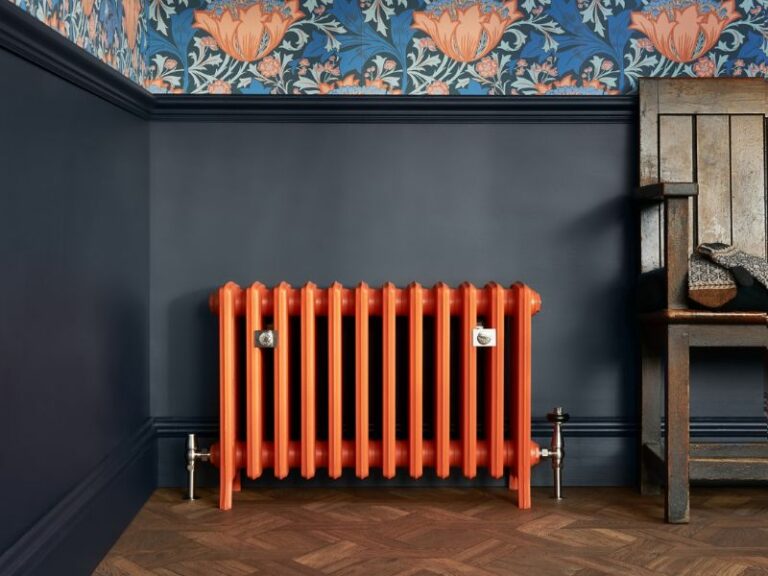
Cast iron radiators and heat pumps
Ground and air-source heat pumps play a vital role in home heating decarbonization, with their usage expected to rise. However, the water in a heat pump-powered system is cooler than that from traditional gas-fired boilers, reducing radiator output. Typically, heat pump systems have a mean water temperature of 50°C (122°F), resulting in a lower heat output compared to traditional systems.
When installing a heat pump, proper insulation and draught-proofing are essential. Conducting an accurate heat loss survey ensures correct figures, as increased insulation reduces heat demand. Our pricing structure is designed to offer competitive rates for larger radiators needed for heat pump systems. With lower running costs, the payback time for additional radiators could be as short as a year or two.
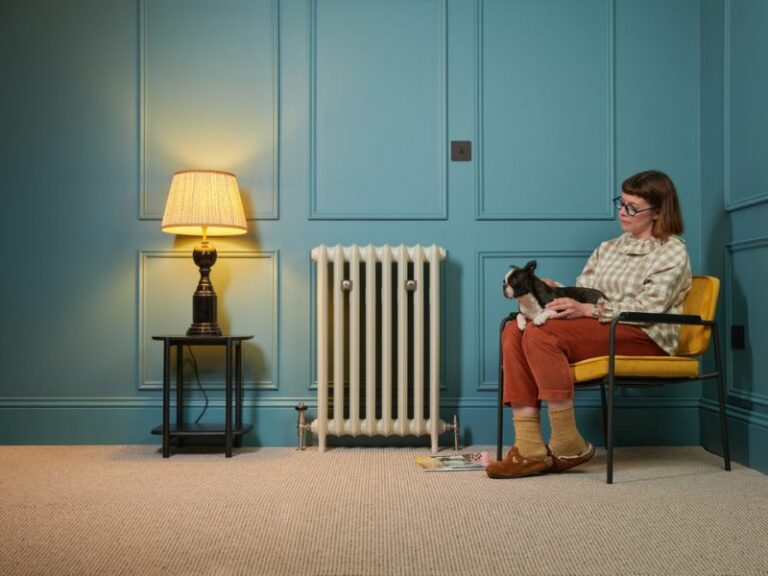


-300x204.jpg)




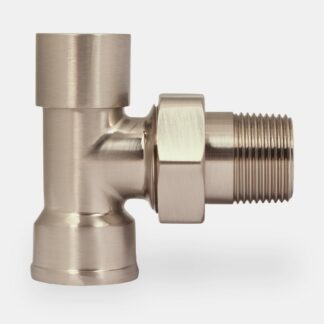
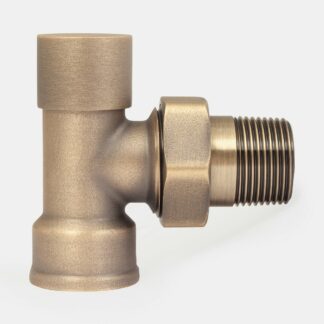
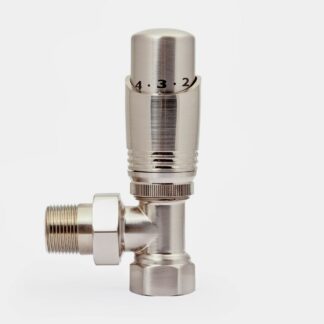

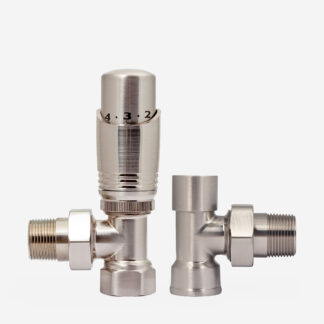
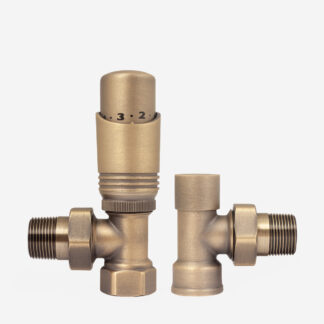
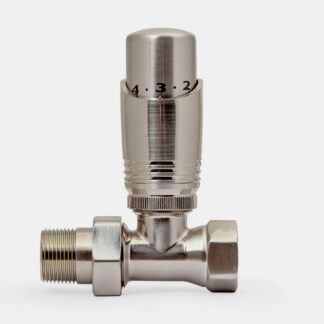
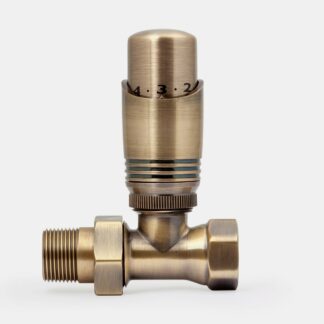
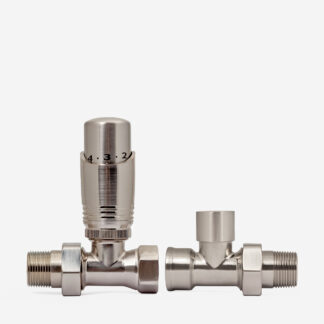
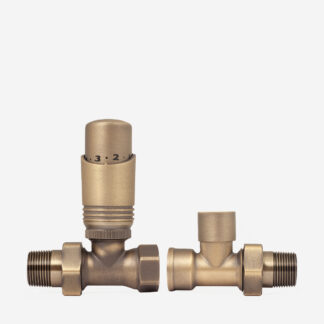
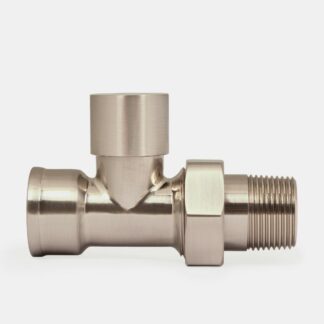
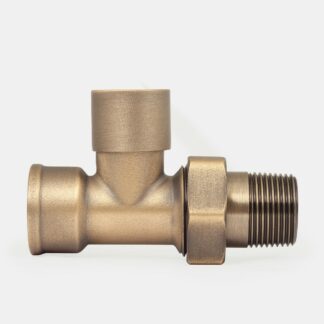
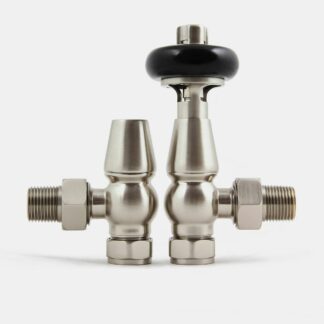
-324x324.jpg)

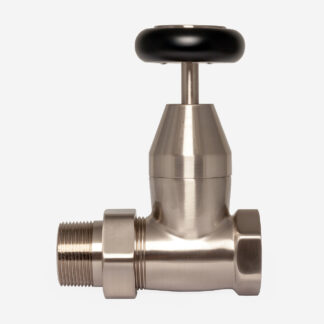



-324x324.jpg)


